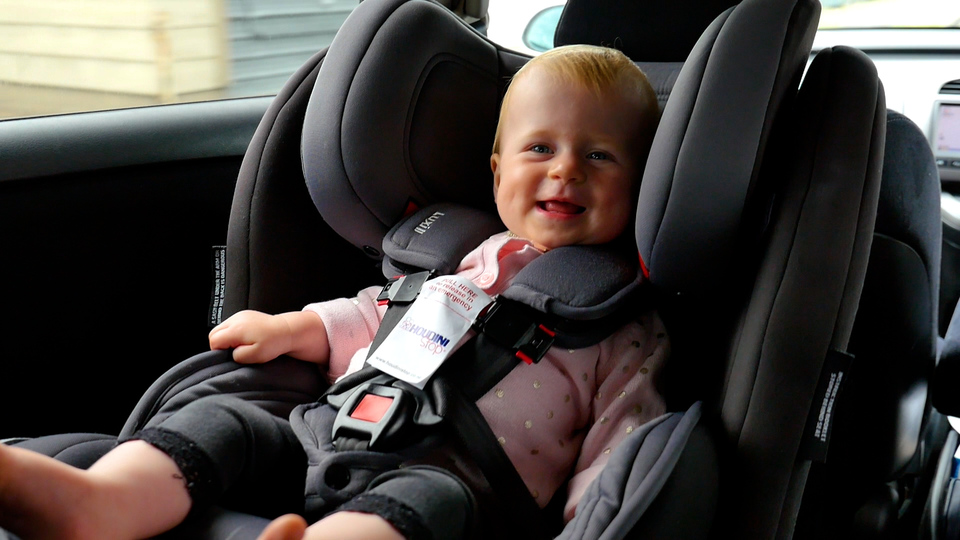
Or how about a time when you were pleased to buy something at a very low price, only to be disappointed when it broke the first time you used it? In your mind, it went from being a ‘bargain’ to ‘cheap rubbish’.

So you ended up with an image of them as ‘struggling’ or ‘dealing with problems’ rather than bad. Maybe you saw them as ‘difficult’ or ‘unpleasant’ because of the way they behaved towards you only to discover a reason for that behaviour that made you feel sympathetic towards them. Think about a time when you changed your opinion of somebody. Reframing opens up creative possibilities by changing our interpretation of an event, situation, behaviour, person or object. The text below introduces the four types of creative thinking, and the worksheet will show you how to apply the techniques to your own work. And the other two require us to let go of our logical, analytical mind and open up to whatever inspiration visits us from the unconscious mind. Another (mind mapping) works via associative rather than rational thinking. Only one of them (reframing) is under conscious control. Having said that, here are four types of creative thinking that I use myself and which I know for a fact are used extensively by high-level creators. And I don’t think the process is as conscious and deliberate as these approaches imply. I don’t think you can reduce creative thinking to a set of techniques.


I’ve never really used them myself, and after working with hundreds of artists and creatives over the last years, I’ve come across plenty of other creative professionals who don’t use them. Brainstorming, lateral thinking and thinking outside the box have always felt a bit corporate and contrived to me. So if I had to choose, I’d say creative doing beats creative thinking.Īnd for another thing, a lot of ‘creative thinking techniques’ leave me cold.

But if you start making something, creative ideas seem to emerge naturally out of the process. It’s possible to sit around having lots of creative thoughts, but without actually making anything of them. Considering I’m a creative coach, some people are surprised to learn I’m a little sceptical about creative thinking techniques.įor one thing, there’s a lot more to creativity than thinking.


 0 kommentar(er)
0 kommentar(er)
